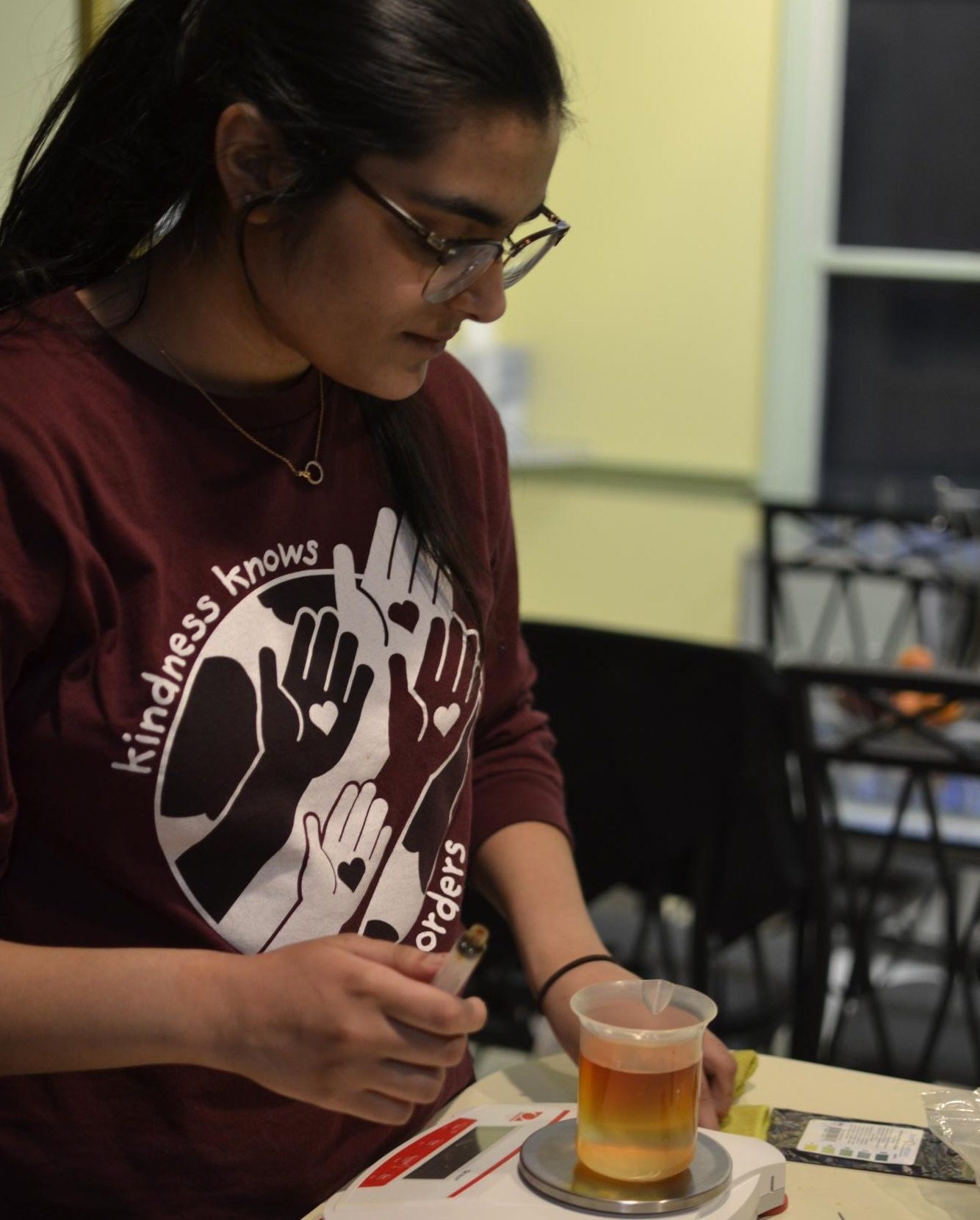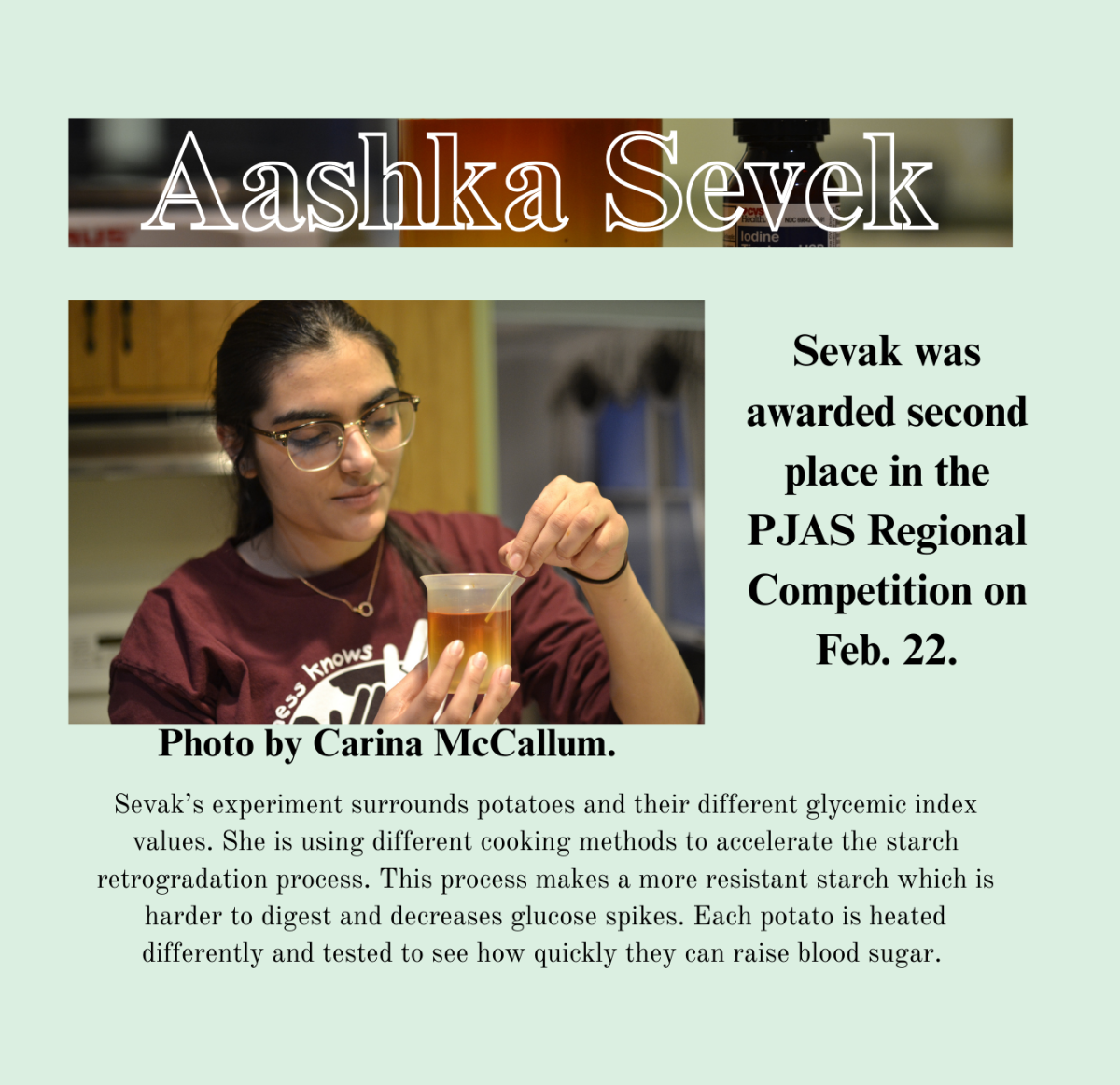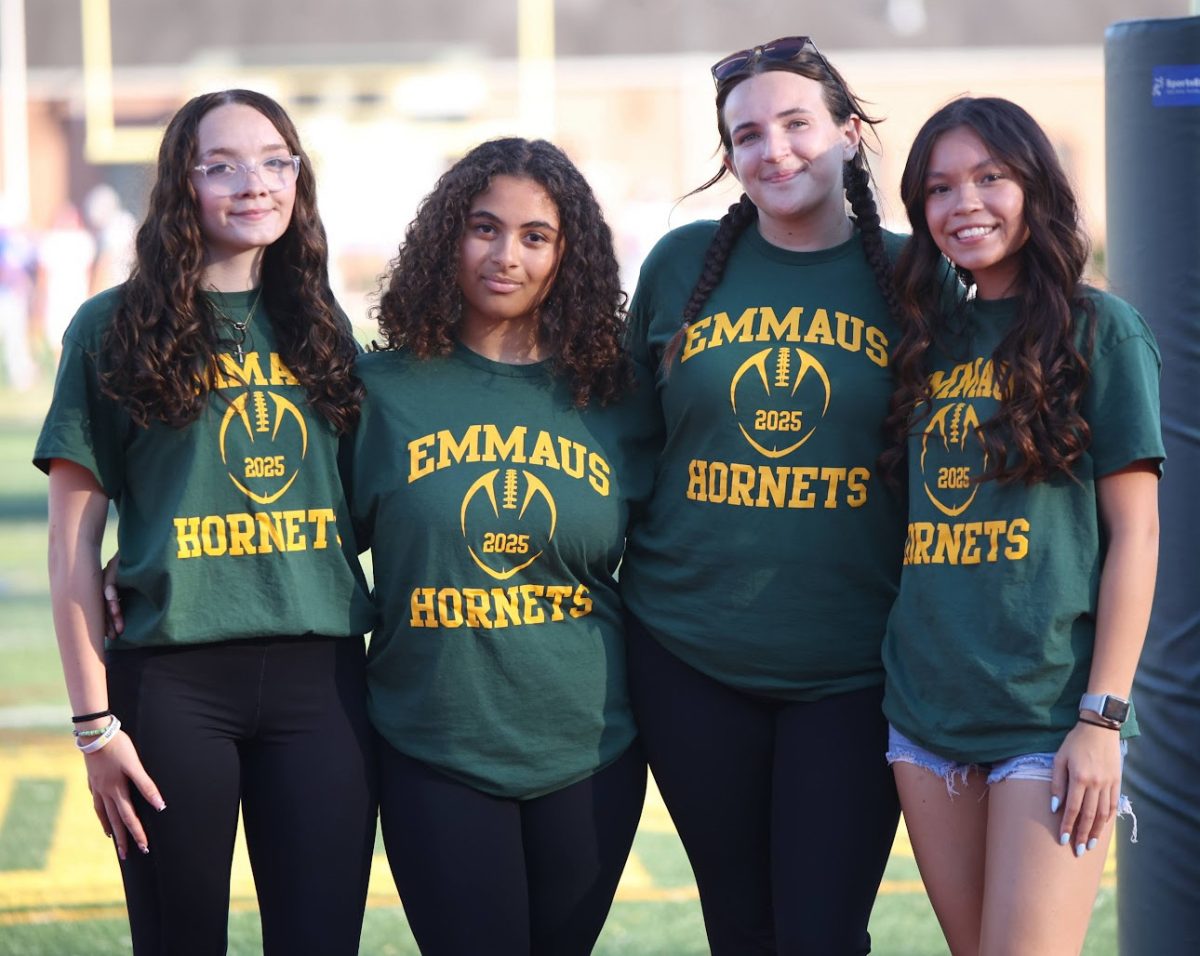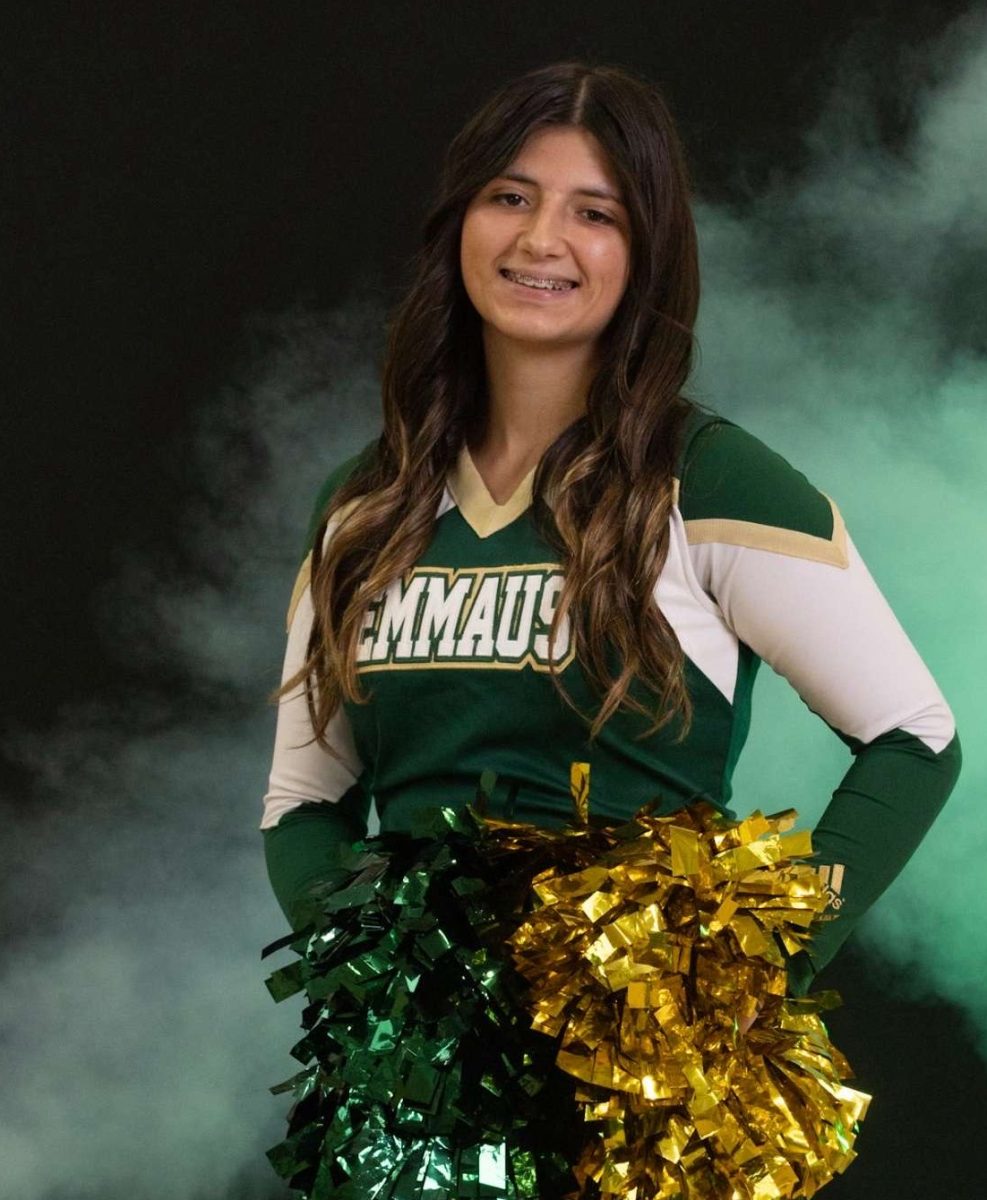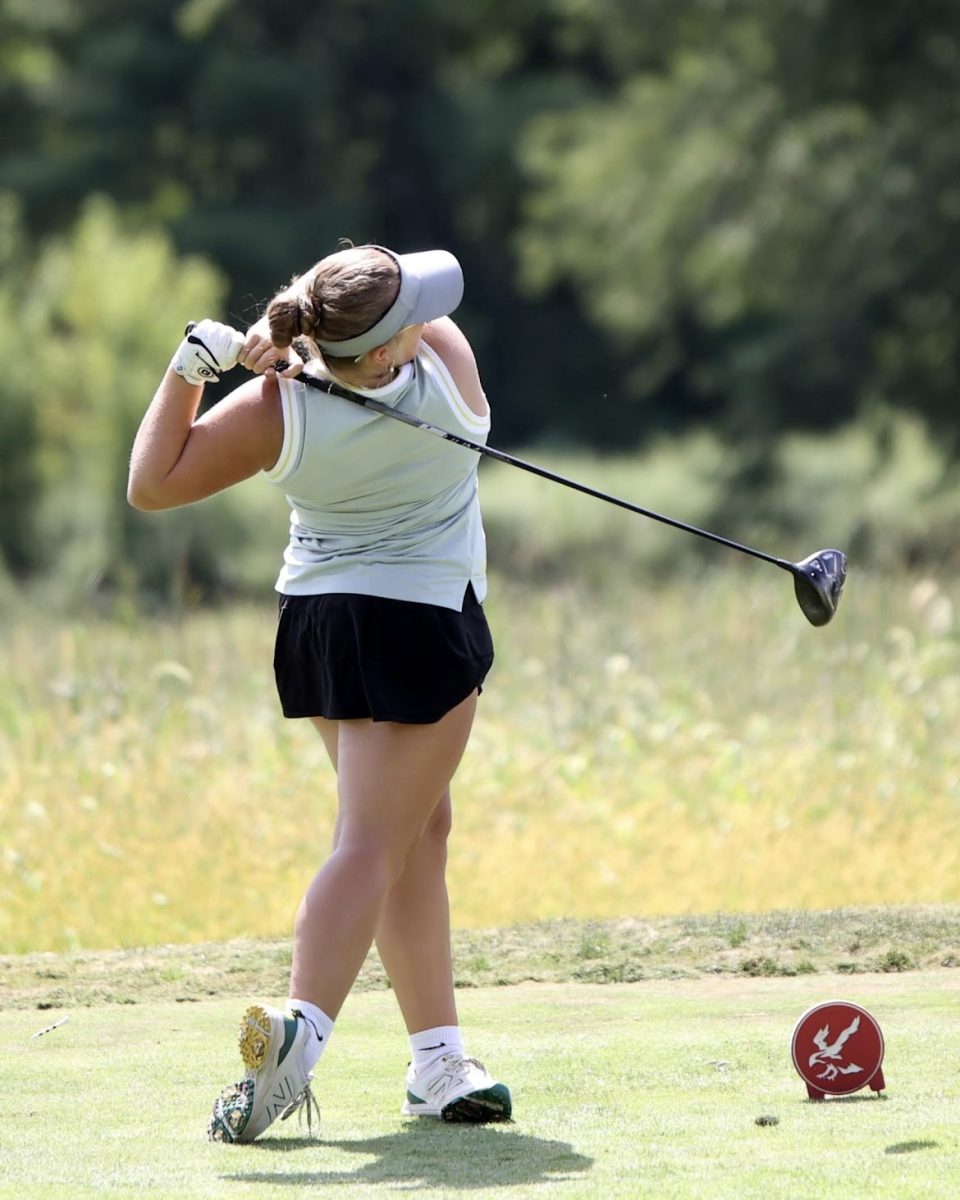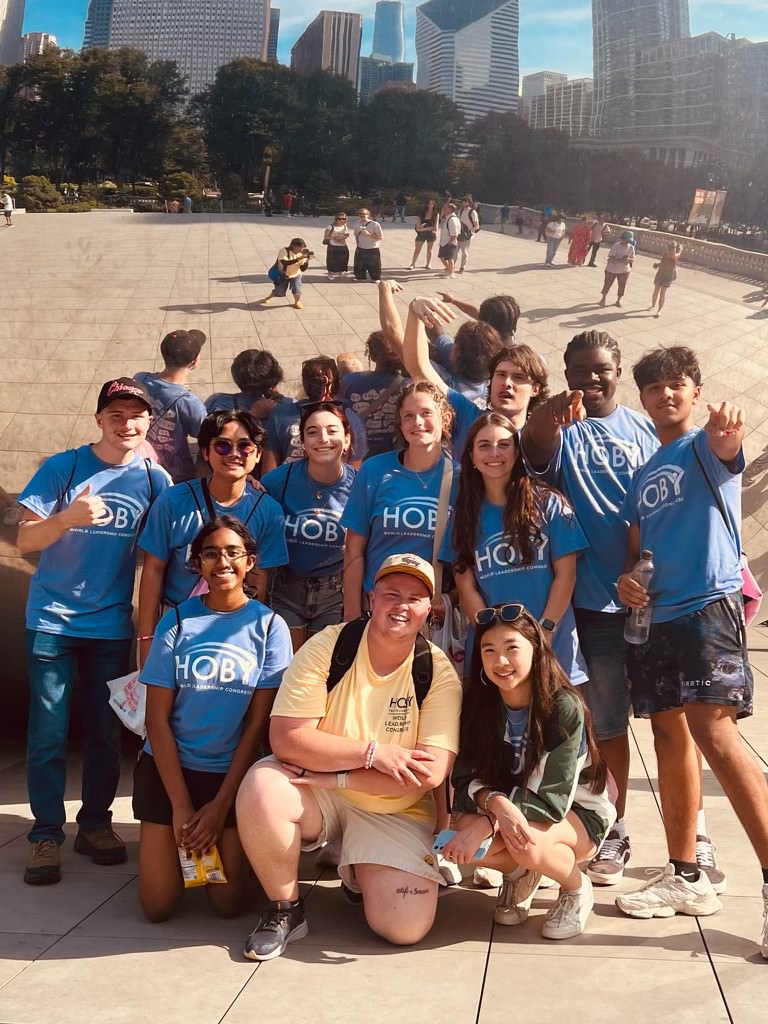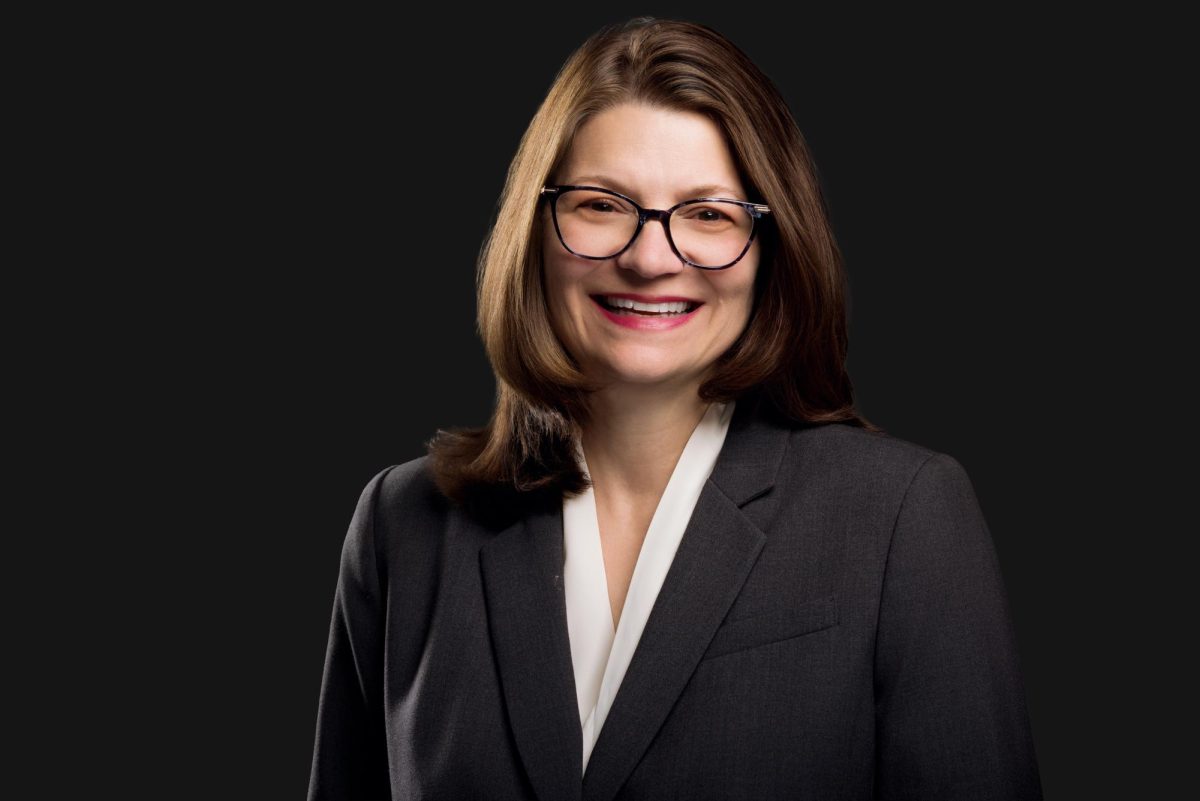Standing in front of a group of scientific professionals, unpacking the research they’ve spent months diving into, awaiting their turn to guide others through their data. Spending hours in a room conversing with fellow students and scientists to further deepen their knowledge of the world of science. This is the exciting process for the students involved in Emmaus High School’s Science Fair Club.
To many members, Science Fair is more than a club. For those interested in STEM, it’s an outlet to dive head-first into an in-depth research project and experiment of their choice. From start to finish, members of EHS Science Fair work hands-on, as well as independently, to conduct an experiment unique to them and their interests.
At EHS, it’s a small group of students with an immense amount of dedication. Students spend months crafting their projects, and upon completion, they can compete in two different fairs located in Pennsylvania. Experimenters participate in the Pennsylvania Junior Academy of Science (PJAS) and the Lehigh Valley Science and Engineering Fair (LVSF), both of which enable students to advance from regional to state level. Most EHS students advance within the fairs, some even earning scholarships.
The Science Fair at EHS was almost extinct due to a change in participation requirements. In years prior, participation in the Science Fair was required for all science honors students, but the departments dropped the requirement around 10 years ago. Due to the dropped requirement of participation, the number of students involved has been scarce mainly because the experiments can be time-consuming and require hours of in-depth research.
Science Fair Co-President senior Aashka Sevak, for one, believes that the requirement could be beneficial to the club and students alike. Sevak explained why she thinks the requirement should come back.

“I just love Science Fair a lot. I think it gives opportunities for kids to explore the realm of science and make connections early on,” Sevak said.
Though some believe the requirement to participate in Science Fair should be brought back, there is evidence that the amount of students involved in science honors classes has increased due to it no longer being required.
“We had so many kids who just didn’t want to participate. They were actually dodging honors classes not to do Science Fair, and so we eliminated it from a mandatory to a voluntary club,” Science Fair Club adviser Brent Landrum said.
However, contrasting the recent dip in interest in the Science Fair, this year yielded higher numbers of participants than seen in previous years with over a dozen students. In the past, the club has run with as low as 6-8 students.
“When I first started freshman year, it was literally just me, Aashka and Priya, and I think it was nice,” Science Fair Co-Vice President senior Emma Bluske said. “It was not overwhelming as some clubs can be, but we did try very hard to get more people to join.”
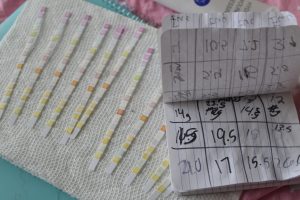
Bluske started her journey with Science Fair when she was in seventh grade at Saint Thomas More School. She then rejoined the activity when she transferred to EHS, continuing to compete each year at the fairs.
One of the factors leading to the club’s revival has been the leadership of its all-female officer team. These members joined the club when there were only a few people with no titles, and they have morphed it into a club with many members, a president, and two co-vice presidents.
Despite a national trend of women being underrepresented in STEM-related activities, with Science Fair, the percentage of girls involved in the club outweighs the number of boys.
“It’s really surprising, and almost empowering, that it’s a women-dominated club because if you look at the science classes, they are dominated by men,” Co-Vice President of Science Fair Priya Mancheril said. Mancheril has been a member of the club for four years since her freshman year. “It’s crazy going into a science-based space and being the majority.”
In 2023, A Stinger investigation focusing on gender inequality within science programs at EHS found boys outnumbered girls in AP Physics 1 with a 73-to-22 ratio and 31-to-3 in AP Computer Science A during the 2022-23 school year.
“A lot of the STEM classes that I’ve taken, like math and computer science, were always boy-dominated. My math class last year only had four girls. My computer science class in 10th grade also only had four girls,” EHS senior and Science Fair President Aaskha Sevak said. “Seeing these young girls and helping them with their projects and them being really happy about it, makes me happy.”
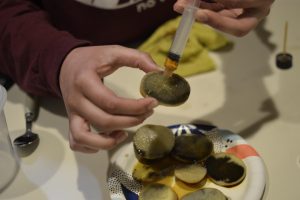
Sevak noted that even though she is glad so many girls participate in Science Fair, she foresees the club continuing to evolve.
“I think over time, it’s going to become 50/50, and I feel like [it] will become even, and even if it’s not, at least if there’s kids who enjoy science. That’s what I’m happy about. [That] there’s kids that enjoy science,” Sevak said. “I wish [for] Science Fair [to get] to the level where the kids in Emmaus High School really are excited and want to join because they enjoy it.”
Participants in Science Fair sign onto a lengthy and time-consuming process. Each year, contestants in Science Fair brainstorm different topics to create an experiment where they apply the scientific methodology to their findings. These projects could take months to complete depending on their design and subject matter.
“It’s all about the amount of effort you put in,” four-time Science Fair competitor freshman Tyler Iyengar said. “My one [experiment] in sixth grade was maybe 10 hours of actual work. This year, it was probably closer to 50 hours to 75 hours, if you include all of the data analysis, watering everything, setting up experiments.”
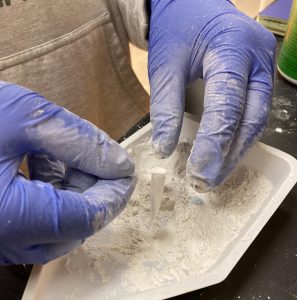
PJAS regional competitions were held at the end of February with students grades 6-12 presenting. A portion of the competitions expose students to unrehearsed or on the spot questioning. Competitors must prepare to intelligently explain their findings to professionals in the science fields, which has taught them valuable skills of working under pressure that they will carry with them to college and professional careers.
Students can either start fresh and create a completely new experiment or continue an experience from the year prior, advancing their findings. Either way, their research plans are due in early October to ensure they have enough time to get all their paperwork done as well as conduct their experiments.
“Science Fair forces you into these academic spaces that a lot of high schoolers are not exposed to,” Mancheril said.
As a club with relatively low membership, some senior members worry what will happen to it in the future. Most of the students that have been involved are current seniors who will not be able to keep the club running in future years.
“It was honestly a super small club [my] first year. There were two middle schoolers that were also in the club,” Mancheril said. “But other than that, it was kind of a dying club. I don’t know what’s gonna happen to it next year, honestly.”

In order to help keep Science Fair’s participation up, the current members will be going to the middle schools to introduce the students to the club in the spring. As Landrum and the other members expressed, a huge reason why the club is so small is simply because people don’t know about it. To combat the dwindling numbers, current members have recruited their friends to join in hopes that they can continue to grow Science Fair and keep the opportunity open to students.
“I hope that the club expands and that more people get to know the joys of science and get exposed to it early on, so they can potentially choose a career in it if they find that it’s something they like,” Iyengar said. “If they don’t like it, they can then use that knowledge going forward and in choosing their careers.”
Experimenters devote months to their projects, immersing themselves in their work in the hopes of succeeding at fairs, winning money, or even moving onto State’s or beyond. Science Fair at EHS receives no profit from the fairs, as all of the prize money goes directly to the contestant. Students are encouraged to join the club at the beginning of the school year to begin their deep dive into all that Science Fair has to offer them and their love for science.
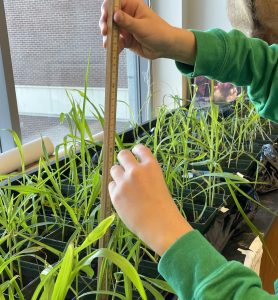
Sevak has found that Science Fair helps fuel her love for science.
“Overall, Science Fair is just a really great opportunity for kids. I personally think it’s one of the best decisions I’ve ever made in my high school career,” Sevak said.
Mancheril expressed her adoration for Science Fair, emphasizing how it helps open doors for a future in science, or to pursue your own passions.
“There’s so many things that you can do with Science Fair, and I know it comes out as nerdy or dorky, and it does take a lot of time to do, but there’s so much possibility for you to really go deep into something that interests you,” Mancheril said.



